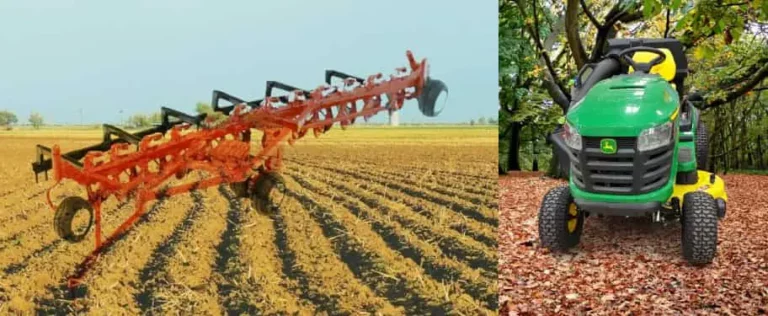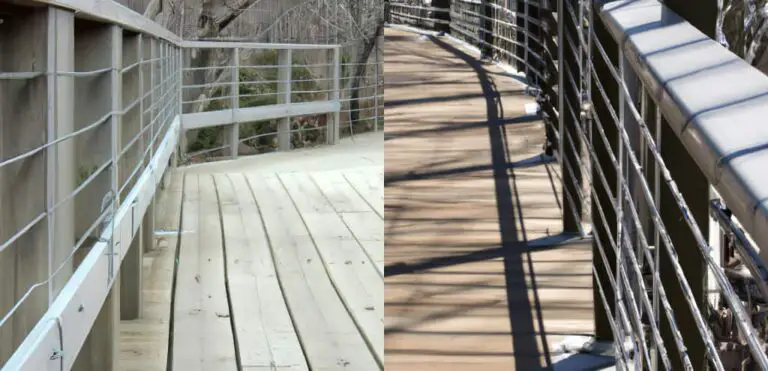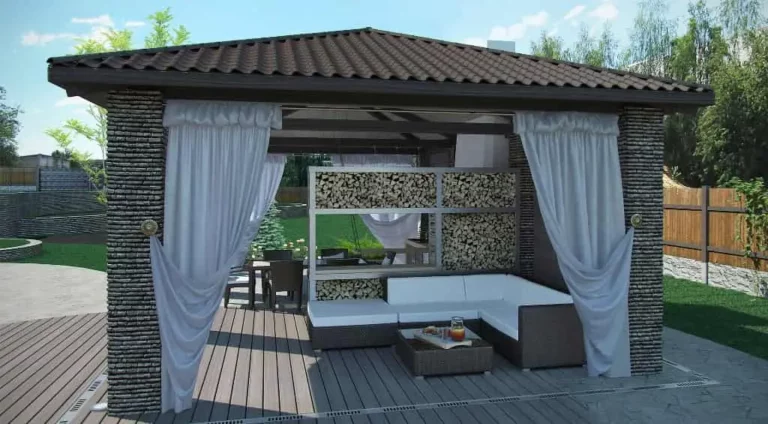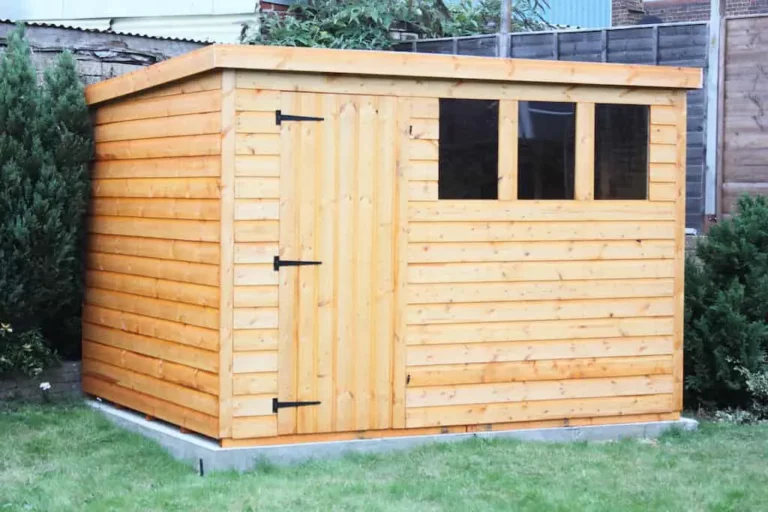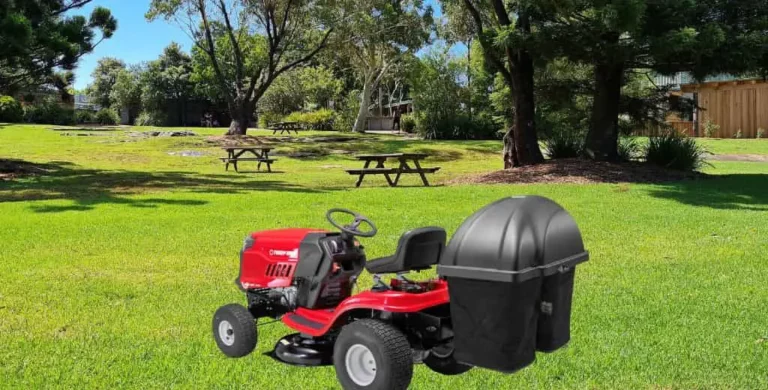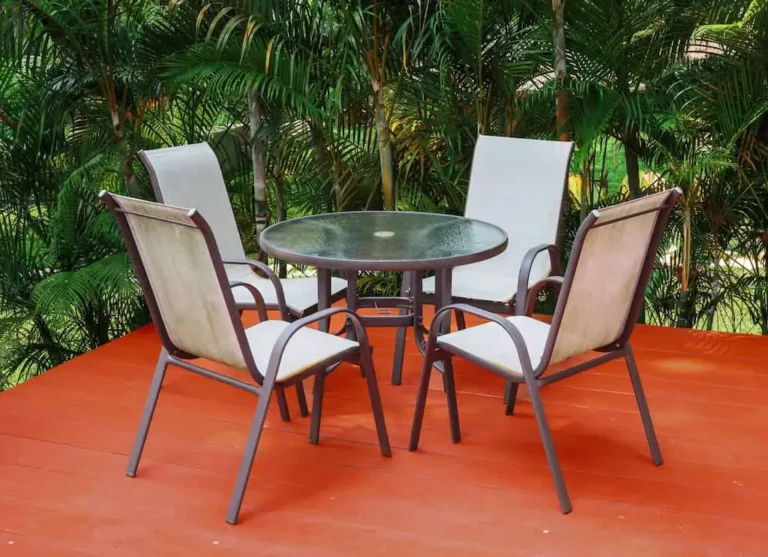How Often Do Awnings Need To Be Replaced?
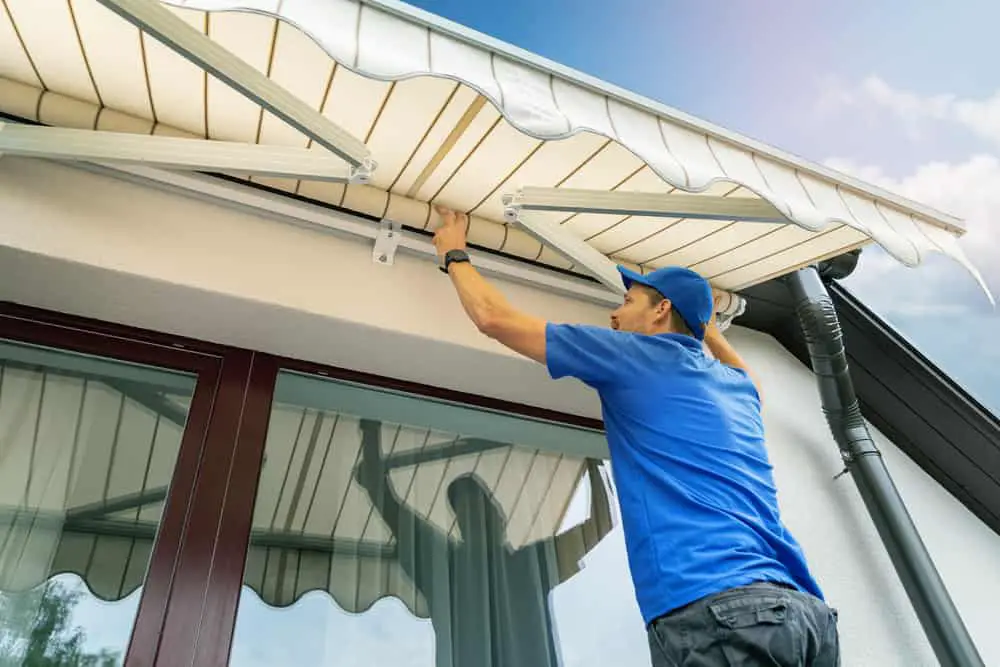
Awnings are a great way to provide shade and shelter when necessary, but owning an awning comes with significant maintenance, and installing an awning can be expensive. This is why it is important to know how long awnings last when they should be replaced and what to look out for that may indicate that an awning should be replaced soon.
Awnings should be replaced every 10 – 20 years depending on how well they are maintained, the type of awning, and how exposed to the elements the awning is. Well-cared-for awnings can last two decades with regular maintenance. Retractable awnings tend to last longer than fixed awnings.
Every awning is different, and they are usually designed to fit a specific space and meet a specific requirement. This means that the longevity of awnings varies because the way they are designed, built, and used varies. However, there are some universal awning truths that indicate the lifespan of these installations. Let’s learn more about how long awnings last and how often they should be replaced.
How Long Do Awnings Last?
There are various kinds of awnings available in the modern world. Modern awnings are made from a wide variety of materials and are designed in many styles and shapes. Awnings are no longer just simple frames with shade material; these installations have become design features of modern homes.
Regardless of the type of awning you have or what materials it is made from, it is important to understand how long awnings last to help make sure that you are ready for awning maintenance or replacements when the time comes.
The truth is different awnings last for different amounts of time. Awnings that are made from wood do not last as long as aluminum frame awnings. Manually retractable awnings last the longest, as components of automatic awnings fail relatively quickly, and permanently fixed awnings will only last for a long time if they are well maintained.
A well-maintained awning may last for as long as twenty years, while some awnings may only last for as little as five years without maintenance. Certain features and components of awnings will last longer than others, but a good awning will last for a very long time.
Mechanical components of retractable awnings, especially those of automatic retractable awnings, do not last as long as the awning itself. Shade fabric used on awnings does not last very long either, and if the awning is not retractable may only last a few years before requiring a replacement.
Retractable awnings that do not use motors are that are made from durable materials will last the longest, as they are not left exposed to the elements, and they are made from materials that are made to last for as long as possible.
How Often Do Awnings Need To Be Replaced?
For anyone who owns an awning of any kind, you can rest assured that your awning will not require a replacement very often. The truth is that the components of an awning need to be replaced far more often than the awning itself.
Awnings will only need to be entirely replaced if the whole installation is damaged or worn out. An awning will only need to be entirely replaced every decade or so, but the components of the awning, such as the shade material or mechanical components, will require replacements more frequently.
Modern, good-quality awnings that are made from sturdy materials will not require replacements very often. This is especially true if the awning is well put together and installed correctly. However, there are factors that may require an awning to be replaced sooner than expected.
Factors such as weather are a major consideration in the lifespan of an awning. If the awning is left exposed to the elements all the time, it will not last as long as it would if it could be retracted and stored away.
Certain weather conditions such as snow, rain, or extreme sunshine and heat will cause all awnings to deteriorate more quickly as well. All of this means that every awning has a different lifespan depending on how well it is maintained, the weather conditions, and whether or not the awning is stored away from the elements.
An awning that is installed in particularly unforgiving weather conditions will require more regular replacements than other awnings, but if the awning is well made, it should still last for several years before a replacement is necessary.
How To Know If An Awning Should Be Replaced
Whether you have a modern awning made from hyper-modern materials, or if you made your awning yourself, there always comes a time when it must be replaced, or at least when certain components of the installation must be replaced. Recognizing when this time has come is important.
If an awning is not replaced when necessary, it can become a hazard to anyone who uses the awning. The dangers of a falling awning are obvious but recognizing when to replace an awning may not be.
An awning should be replaced entirely if the frame of the awning becomes compromised in any way. This could be as a result of weather, storms, damage, or general wear and tear, but if the frame of the awning is no longer structurally sound, it is time for it to be replaced.
Wooden awnings that show any signs of rot, termite damage, damp, or soft spots should be replaced entirely as soon as possible.
Components other than the frame of the awning can be replaced individually as they deteriorate or become tarnished. This includes the shade material, mechanical components, motors, springs, latches, hinges, and even the paint on the awning.
Having a Leaking Awning? Here’s What To Do
How To Extend The Lifespan Of An Awning
Replacing the components of an awning can be expensive and challenging, but replacing the entire awning is far worse. For this reason, it is imperative to maintain an awning well to extend its lifespan as much as possible before requiring a replacement.
To extend the lifespan of an awning, be sure to replace any broken or damaged components as soon as possible, be sure to store the awning away as much as possible to protect it from the elements and cover the awning in protective paints to prevent rust and other such issues.
If your awning can be retracted, put it away as much as possible. All wooden awnings should be well varnished, and all-metal awnings should be protected against rust. Any awning that features fabric should be watched carefully for any breaks or stretching, and these issues should be mended as soon as they appear.
Taking the time to maintain an awning and replace any damaged components as they break is vital for allowing the awning to last as long as possible without requiring a replacement.
Conclusion
At the end of it, an awning will last for many years, regardless of what it is made from, so long as it is well maintained and cared for. Cheaper awnings can last for a decade without replacements, and high-end awnings may last twenty years with regular maintenance.
Replace your awning as soon as it is required for the safety of everyone who uses it, and watch carefully for awning damage, but rest assured that you will have many years of good use from your awning if you take care of it well!
Learn more!! see our article What Is An Awning? A Guide To Choose An Awning, Options And Tips for more information
